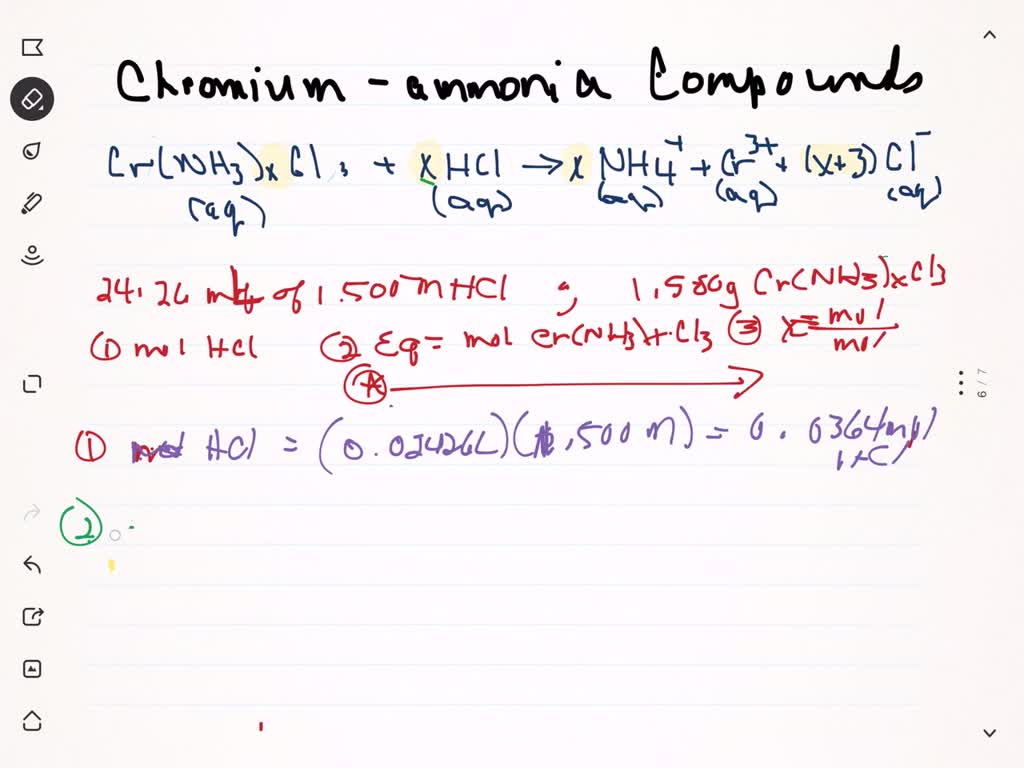

Additionally, the molar extinction coefficients were 5 × 10 4 and 1.42 × 10 4 for TEAC-Pb(II) and TEAC-Cr(III), respectively. The complex formation constants (based on Benesi-Hildebrand method) for TEAC-Pb(II) and TEAC-Cr(III) were 4.03 × 10 4 and 1.2 × 10 4, respectively. The ratio of TEAC and metal ion in complexes was found to be 1 : 1 under investigated condition. Hexavalent chromium compounds have been shown to cause lung cancer in humans when inhaled, but it was not known whether these compounds could also cause cancer when ingested.New complexes of 5,11,17,23-tetracalixarene (TEAC) with Pb(II) and Cr(III) were prepared in basic solution with a mixture of MeOH and H 2O as solvent. The California congressional delegation, California Environmental Protection Agency, and California Department of Health Services nominated hexavalent chromium for toxicity and carcinogenicity testing, because of concerns over its presence in drinking water sources, its potential health effects including causing cancer, and the lack of adequate cancer studies on ingested hexavalent chromium.
#Chromium chloride extinction coefficient movie#
Hexavalent chromium was brought to the public's attention in many ways, most notably in the movie "Erin Brockovich." There was public concern about the safety of the drinking water in several California cities. Hexavalent chromium was detected in groundwater samples in California and other states. What prompted the National Toxicology Program (NTP) to study hexavalent chromium?
#Chromium chloride extinction coefficient skin#
The Occupational Safety and Health Administration (OSHA) established a hexavalent chromium standard that protects employees from chromium exposure risks, such as lung cancer, skin ulcers, and dermatitis. Limit occupational exposure to hexavalent chromium compounds. Children should avoid playing in soils near uncontrolled hazardous waste sites where chromium may have been discarded. Work with your public health officials to determine if hexavalent chromium is present in your environment, such as water, air, and soil, and at what levels, particularly if you live near a site where chromium compounds are disposed of or manufactured. What can I do to prevent exposure of my family to hexavalent chromium? Numerous states have established limits of 50 parts per billion of total chromium in drinking water. Environmental Protection Agency (EPA) has set a maximum contaminant level of 100 parts per billion for total chromium in drinking water. Are there safety levels for exposure to chromium in drinking water? In 2014, the state of California used NTP findings to establish the first in the nation drinking water standard of 10 parts per billion, specifically for hexavalent chromium, not total chromium. Some of the adverse health effects from hexavalent chromium exposures include nasal and sinus cancers, kidney and liver damage, nasal and skin irritation and ulceration, and eye irritation and damage. Occupational exposures occur mainly among workers who handle chromate-containing pigments, spray paints, or coatings operate chrome plating baths or weld or cut metals that contain chromium, such as stainless steel. People who work in industries that process or use chromium or chromium compounds can be exposed to higher-than-normal levels of chromium. Studies have consistently shown increased lung cancer rates in workers who were exposed to high levels of chromium in workroom air. The Report on Carcinogens lists hexavalent chromium compounds as known human carcinogens. Hexavalent chromium compounds have been shown to cause lung cancer in humans when inhaled. What are the known health effects of inhaling hexavalent chromium? Hexavalent chromium exposure occurs through breathing it in, ingesting it in food or water, or direct contact with the skin. How are people exposed to hexavalent chromium? is one of the world's leading producers of chromium compounds. How is hexavalent chromium used?Ĭhromium compounds, such as hexavalent chromium, are widely used in electroplating, stainless steel production, leather tanning, textile manufacturing, and wood preservation.

Hexavalent chromium, or chromium (VI), is generally produced by industrial processes. Trivalent chromium is often referred to as chromium (III) and is proposed to be an essential nutrient for the body. It comes in several different forms, including trivalent chromium and hexavalent chromium. Chromium is a naturally occurring element found in rocks, animals, plants, soil, and volcanic dust and gases. Hexavalent chromium is a form of the metallic element chromium.


 0 kommentar(er)
0 kommentar(er)
